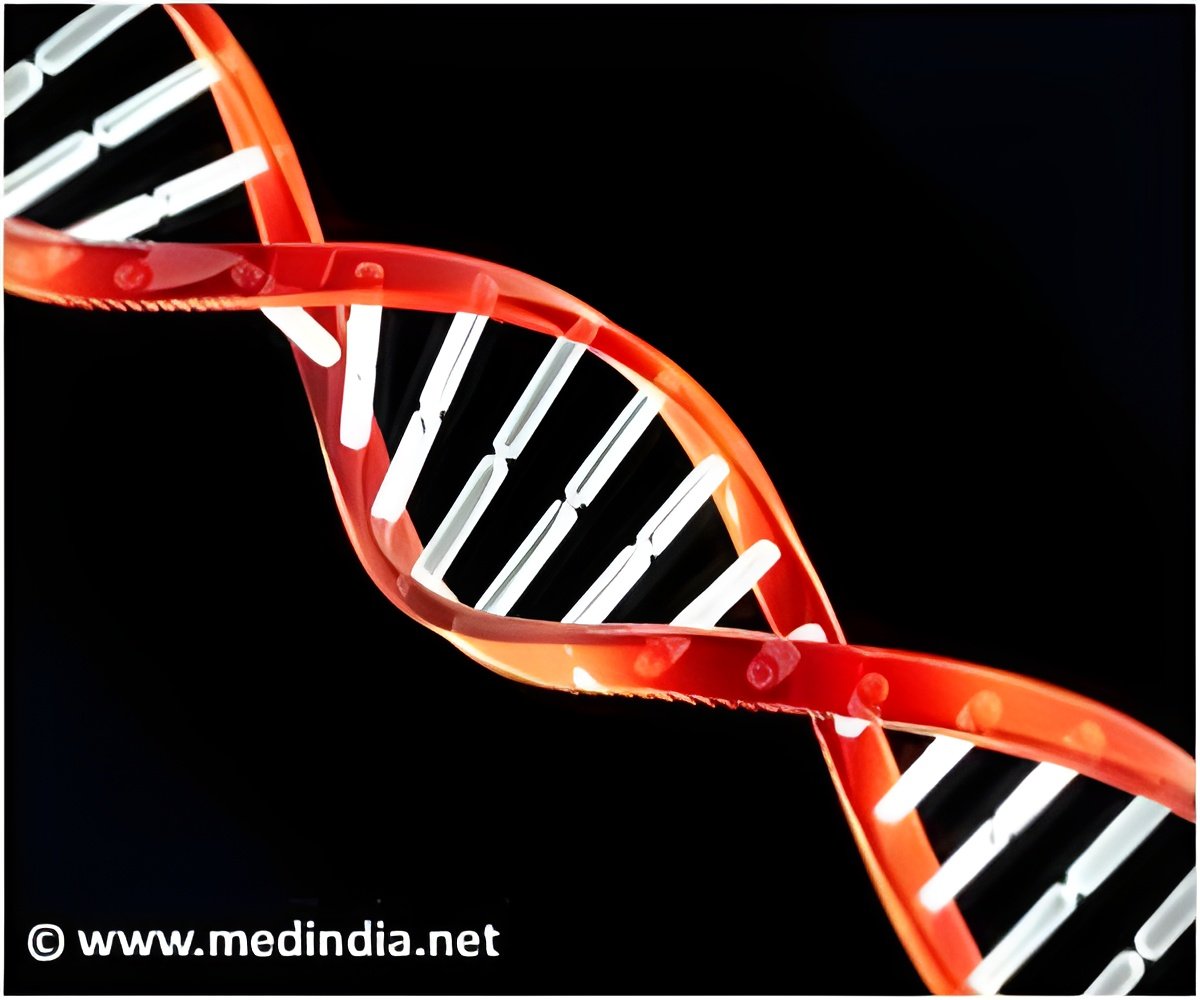New research reveals that analysis of circulating tumor cells in a mouse model of pancreatic cancer identified distinct patterns of gene expression.

"Our ability to combine a novel microfluidic CTC isolation device, developed here at MGH, with single-cell RNA sequencing has given us new biological insights into these cells and revealed novel avenues to try and block the spread of cancer," says lead author David T. Ting, MD, MGH Cancer Center.
Pancreatic cancer is among the most deadly of tumors because it spreads rapidly via CTCs carried in the bloodstream. The earliest technologies for isolating CTCs from blood samples relied on interactions with known tumor-specific marker proteins, potentially missing cells that did not express those particular markers. The device used in the current study, called the CTC-iChip, enables the isolation of all CTCs in a blood sample, regardless of the proteins they express on their surface, by removing all other components. Since the CTCs collected are in solution, unlike with previous CTC capture devices, they are suitable for advanced RNA sequencing techniques to reveal the gene expression patterns of each individual cell.
Using a well-known mouse model of pancreatic cancer, the researchers first isolated 168 single CTCs from the bloodstreams of five individual mice. Analysis of the RNA transcripts of each CTC revealed several different subsets of CTCs, based on gene expression patterns that were different from each other and from the primary tumor. The largest subset, which the authors call 'classic CTCs,' was found to have elevated expression of a stem cell gene called Aldh1 a2, along with genes characteristic of two basic cell types – epithelial and mesenchymal – transition between which has been associated with tumor metastasis. Another gene expressed by almost all classic CTCs, Igfbp5, is only expressed in primary tumor at locations where epithelial cancer cells interface with the supporting stromal cells that provide a nurturing microenvironment, an observation that suggests that those regions may be the source of CTCs.
The research team was most surprised to observe that extracellular matrix (ECM) genes in general – usually expressed primarily in stromal cells – were highly expressed in all classic CTCs. Previous studies have suggested that the establishment of metastases depends on the appropriate cellular microenvironment – 'soil' in which CTCs can plant themselves as 'seeds'– and that the expression of ECM genes is an important aspect of that environment. Expression of ECM genes by CTCs themselves suggests that the blood-borne cells may provide or help prepare their own 'soil.'
Analysis of CTCs from blood samples of human patients with pancreatic, breast or prostate cancer also found elevated expression of several ECM genes. One particular gene, SPARC, was highly expressed in all pancreatic CTCs as well as in 31 percent of breast CTCs. Further experiments revealed that suppressing SPARC expression in human pancreatic cancer cells reduced their ability to migrate and invade tissue, and significantly fewer metastases were generated when SPARC-suppressed pancreatic tumors were implanted into a mouse model, supporting the protein's role in a tumor's metastatic potential.
Advertisement
Advertisement














